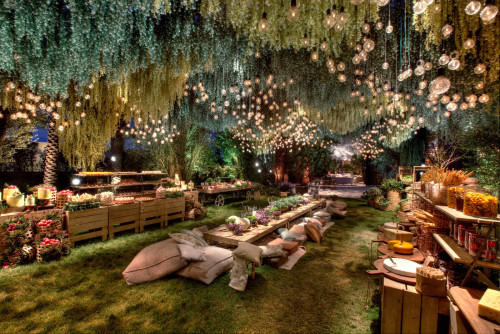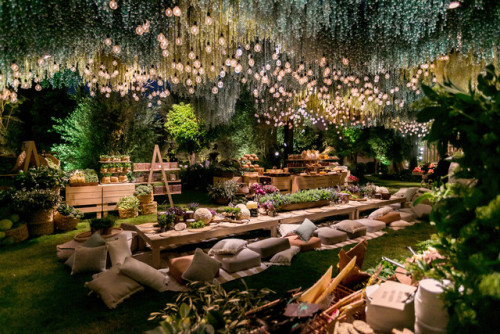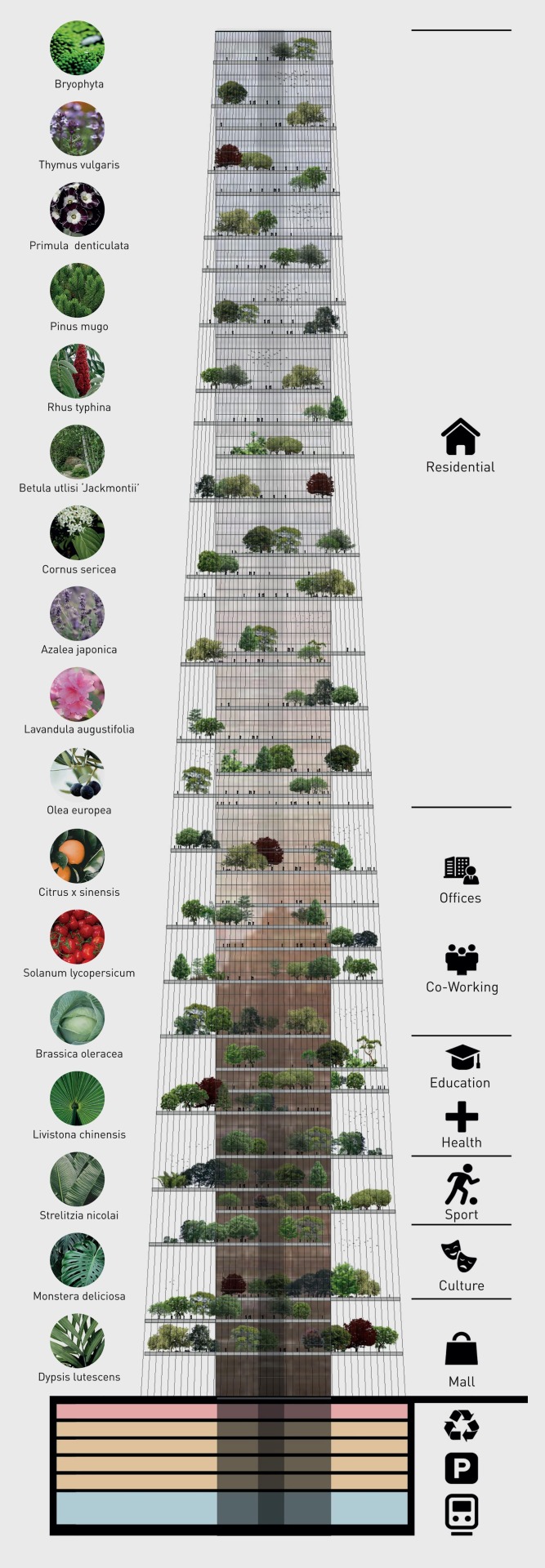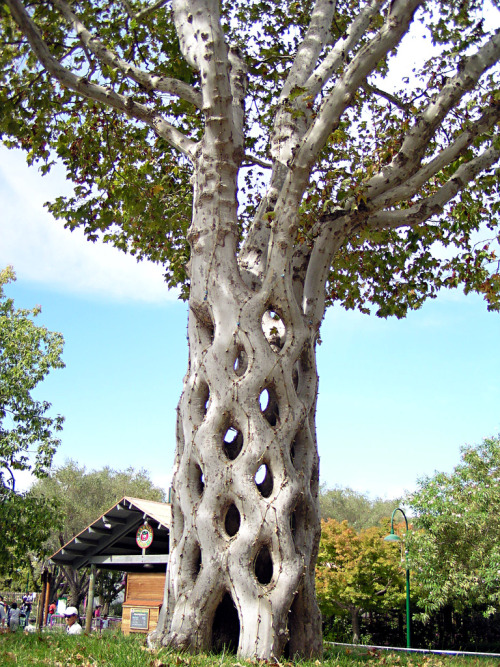Um Guys?

um guys?
canada is currently considering banning imidacloprid, which is apparently “one of the most widely used bee-killing pesticides in the world”. this seems pretty huge, so if you’ve got two seconds, add your name to the list! as of posting this link, they need just over 8,000 more signatures by february 21!
More Posts from Green-notebooks and Others
Tiny Houses in Urban Context
I’ve seen a lot of really great tiny home designs, and I’ve seen a lot of love from other people for those designs as well. They combine a small space, perfect for one or two people, that usually only apartment buildings design for, with the benefits of having a detached home, with a yard, and windows on all sides for more natural light.
What I don’t see is a whole lot of context, least of all in an urban neighborhood environment. These houses are often pictured in an open grassy, or forested space, which is nice for some people I’m sure, but there are lots of people who would prefer to live in a city, in pedestrian and transit friendly areas, rather than in the middle of nowhere, where you’d have to use a car to get everywhere.
There already exists an urban context for tiny homes, but due to restrictive zoning, it’s not commonplace in most cities in the U.S.
They’re called Bungalow Courts, or sometimes Cottage Courts, and basically it’s where you take two adjacent lots, and rather than having one large single-family-house per lot, you have around 3 or so tiny houses per lot, all facing a shared space in the center.

All this takes up the same space as two city lots, which are usually zoned to only allow one house per lot. But not everyone wants, or can afford a large house, so Bungalow Courts would be a perfect fit in a lot of neighborhoods that currently lack a lot of housing diversity for a range of wants and needs.



Anyway, I just thought I’d share, because I think this a really neat concept that should be allowed more places. I’d think I’d like to live in a Bungalow Court; I like the idea of having a house to myself, but I don’t need much space, and I don’t want a huge yard to maintain.
In order to make this legal to build out, zoning would need to be changed to allow 3-4 units of housing to be built on lots currently restricted to only 1 unit of housing. A big contributing factor to rising housing costs has been the over-favoring of single-family houses on large lots since the end of WWII, so not enough units of housing are being built in many cities to keep up with demand.
Legalizing more “missing middle housing” like Bungalow Courts in single-family-house-neighborhoods would help cities incrementally keep up with demand, in a way that fits nicely into existing neighborhoods.



By Designlabexperience



I… I spend a lot of time talking to my husband about climate change.
Politics being what it is, I feel like societal change is where I can find hope. And hey, if we all start making choices based on preparing for an oil-free world, we can actually make oil obsolete!
[On AO3]









‘Skylines,’ New York, United States,
Lissoni Casal Ribeiro for Skyhive 2020 skycraper Challenge
Inspired by nature, the concept proposes a complete, self-sufficient ecosystem. the multi-use tower collects rainwater and gathers energy from the sun and the wind, transforming it from its tensioned cables into electricity to be used by inhabitants.
Sustainable fashion is not affordable
Ethically and environmentaly friendly made clothes are expensive as hell and it makes sense. Fast fashion is cheap because it uses slaves and it destroys the planet. Sustainable fashion is great but not everyone can really afford it. So I thought I’d share some tips on how to be more nature friendly while not spedning too much money:
1. Use what you have
You don’t need to buy new sustainable clothes, you don’t have to buy anything new at all. Use what you have as long as you can and as much as you can.
This doesn’t apply to clothes only. You don’t need new wooden cutlery, just take your silverware from home. You don’t need new home decorations, move things around to get the best out of them.
2. Don’t throw stuff away
People have a tendency to throw away things that are bad for the environment, but you should always think about it before you throw it away. You already own it and throwing it away is worse than using it as long as you can.
3. Thrift
Buying used is even better than buying new sustainable things
4. Buy as little as you can
Try to stop buying things you don’t need completely. Buy one tshirt that you need from fast fashion store is a lot less harmful than buying 3 just because you like them
I hope I helped and have a great week!

Does anyone else really like the whole mall aesthetic (probably an 80′s/90′s kid thing) but instead of consumerism there’s micro-apartments, a whole lot more vegetation, and a commons area? Maybe with keeping the whole food court thing as a place for people to eat together.
The vegan to ecofascist pipeline

Circus Tree: Six individual sycamore trees were shaped, bent, and braided to form this.

-
 annita89vcmtf2h liked this · 6 months ago
annita89vcmtf2h liked this · 6 months ago -
 anna35foc liked this · 6 months ago
anna35foc liked this · 6 months ago -
 annalripg liked this · 6 months ago
annalripg liked this · 6 months ago -
 spongeater reblogged this · 7 months ago
spongeater reblogged this · 7 months ago -
 pokey-duck liked this · 11 months ago
pokey-duck liked this · 11 months ago -
 deisegal liked this · 1 year ago
deisegal liked this · 1 year ago -
 veganmisanthrope liked this · 1 year ago
veganmisanthrope liked this · 1 year ago -
 castielbumblebeewinchester reblogged this · 1 year ago
castielbumblebeewinchester reblogged this · 1 year ago -
 ccmmrrgg01 liked this · 1 year ago
ccmmrrgg01 liked this · 1 year ago -
 menkstocwamostsub liked this · 1 year ago
menkstocwamostsub liked this · 1 year ago -
 gogogoat495 liked this · 1 year ago
gogogoat495 liked this · 1 year ago -
 yourlocalcryptidworm liked this · 1 year ago
yourlocalcryptidworm liked this · 1 year ago -
 tiny-peridot liked this · 1 year ago
tiny-peridot liked this · 1 year ago -
 mmostuff liked this · 1 year ago
mmostuff liked this · 1 year ago -
 spec7rejay-reblogs reblogged this · 1 year ago
spec7rejay-reblogs reblogged this · 1 year ago -
 chloelikesthesims liked this · 1 year ago
chloelikesthesims liked this · 1 year ago -
 harrietmjones liked this · 1 year ago
harrietmjones liked this · 1 year ago -
 coastyy liked this · 1 year ago
coastyy liked this · 1 year ago